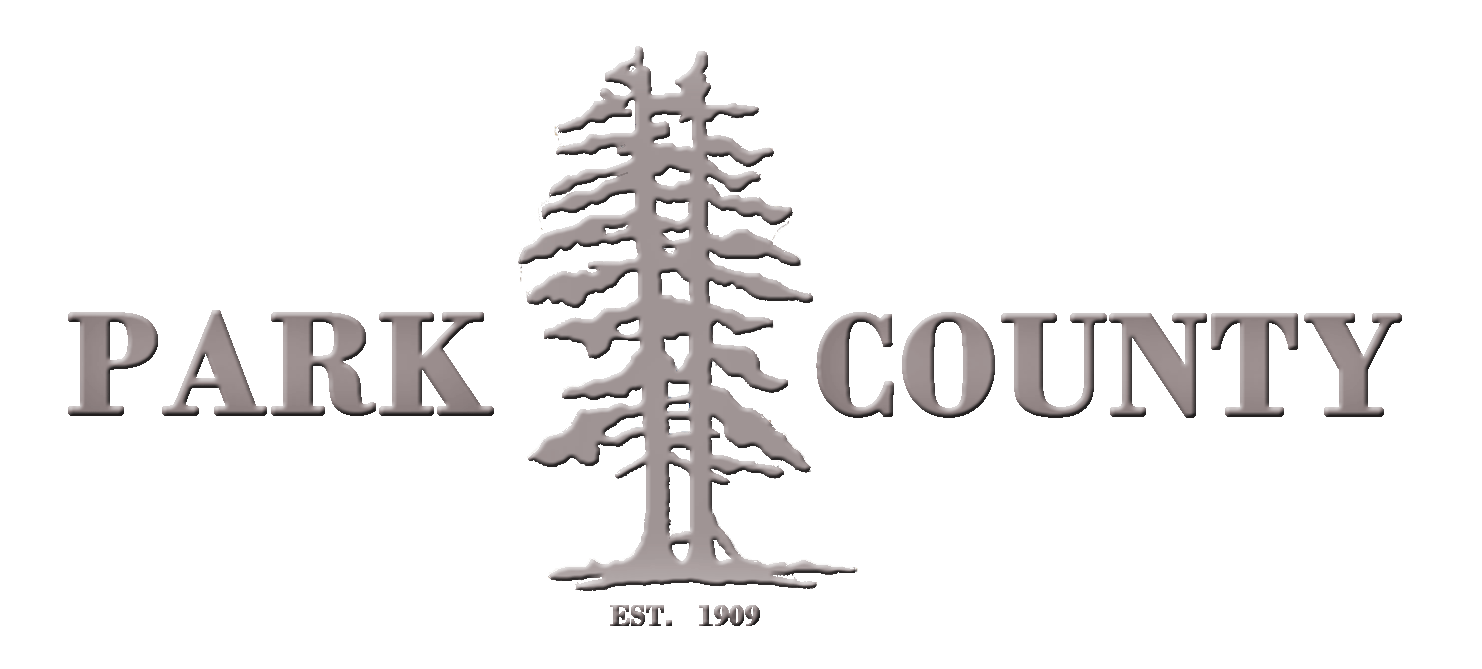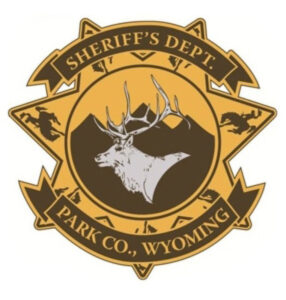It all starts with making a plan. Visit https://www.ready.gov/make-a-plan for tips, templates and considerations for your family’s specific plan.
Another important facet of the crisis plan for your family is a survival kit. In the event of an emergency, you will want to be armed with all the necessary provisions, With the right supplies, you will be able to react quickly and efficiently and will be better able to care for your family.
You will want to keep your disaster survival kit packed and in an easily accessible location. You may choose to make several kits: one to be used at home, a smaller kit if you need to evacuate from your home, one for your office, and one for your car.
Kits should be stored in a durable, easy to handle, container, such as a garbage can, duffel bag or plastic storage bin.
To begin, assemble enough food and water for each family member for approximately two weeks. Food should be canned goods and items that do not require cooking. Each person should have a gallon of water a day, which can be used for drinking as well as sanitation.
Once you have all the staples you need, you can then begin to add a few items to make you and your family more comfortable. You might want to consider adding books, a deck of cards, or a few games. These additions to your kit will be helpful, especially if you have small children.
Two Weeks Ready Kit Checklist
Your kit should contain the following items: (This list is not all-inclusive.)
- Water and food to maintain your family for three days,
- Utensils, plates, cups and a can opener,
- Clothes (be sure to pack items to keep you warm if you have to go without heat and items that will cover your arms and legs in case you need to evacuate.)
- Rain gear
- Durable shoes with thick soles,
- Sleeping bags or blankets,
- Cash and/or travelers checks (include change in case you need to use a pay phone.)
- Financial plan and documents,
- Personal hygiene items including:
- toilet paper
- toothbrushes and toothpaste
- feminine hygiene products
- a plastic bucket with a lid
- plastic bags for sanitation
- bleach or a similar disinfectant
- soap
- pre-moistened towelettes
- Diapers
- Garbage bags
- Plastic sheeting and duct tape for doors and windows
- Copies of important documents (you will want to keep these in a water-tight container inside your kit.)
- driver’s license
- social security card
- will
- passport
- banking information
- birth certificates
- insurance policies
- Scissors and/or a knife
- Maps of local area and the addresses of the closest shelters
- Matches in a waterproof container
- Additional tools such as pliers, flares and wrenches
- Papers, pens and pencils
- Flashlights
- A battery or crank operated radio
- Extra batteries
- First aid kit
Remember, you will want to be sure your kit has an adequate supply of any prescription medications and extra contact lenses or glasses for those who wear them.
More information is available at Ready.gov

